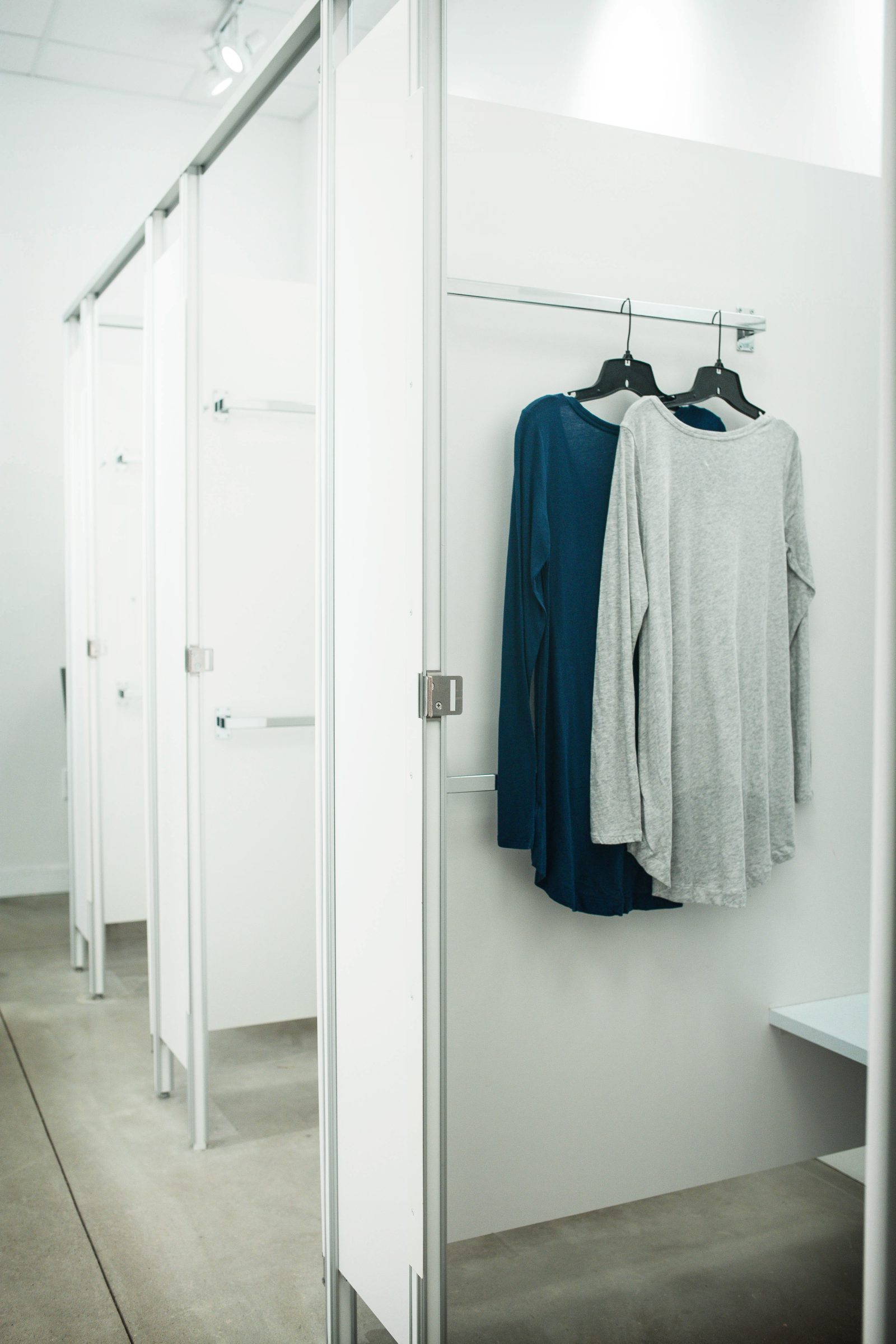In the modern retail landscape, fitting rooms are more than just changing spaces—they are high-impact sales zones where purchase decisions are made. Yet, despite their strategic importance, fitting rooms are often overlooked when it comes to customer experience and operational efficiency.
From long wait times to poor lighting, the common issues associated with fitting rooms can negatively affect customer satisfaction and store performance. Retailers that proactively address these challenges can increase conversion rates, reduce return rates, and elevate the in-store shopping experience. Here’s how.
1. Reducing Wait Times and Improving Availability
The Challenge: Long lines or too few fitting rooms lead to shopper frustration and abandoned purchases.
The Solution:
- Implement digital queue systems that notify customers when a fitting room is available.
- Optimize store layouts to include more dispersed fitting room locations, especially in high-traffic departments.
- Assign dedicated fitting room attendants during peak hours to maintain cleanliness and speed up turnover.
2. Upgrading Lighting and Mirror Quality
The Challenge: Harsh lighting and distorted mirrors make clothes look unflattering, discouraging purchases.
The Solution:
- Invest in natural-tone lighting that mimics daylight to provide accurate visuals.
- Install full-length, high-quality mirrors that reflect true proportions.
- Consider smart mirrors that offer adjustable lighting settings and even outfit suggestions via augmented reality (AR).
3. Providing Better Customer Assistance
The Challenge: Shoppers often need different sizes or styles but are reluctant to leave the room.
The Solution:
- Equip each fitting room with a “call for assistance” button or touchscreen to request sizes.
- Train staff to proactively check in on customers and offer alternatives or accessories.
- Integrate with in-store apps that let customers scan items and request different sizes from their phone.
4. Maintaining Cleanliness and Comfort
The Challenge: A messy or unkempt fitting room can ruin the shopping experience.
The Solution:
- Schedule regular checks and cleanings, especially during busy times.
- Install feedback touchpoints in or near fitting rooms for real-time issue reporting.
- Use minimalist, easy-to-clean materials that make maintenance quick and efficient.
5. Designing for Inclusivity and Accessibility
The Challenge: Standard fitting rooms don’t always meet the needs of all customers.
The Solution:
- Create larger, size-inclusive fitting rooms with comfortable seating and space to move.
- Offer gender-neutral options to foster a welcoming environment for all shoppers.
- Include family-friendly features like stroller space and hooks at multiple heights.
8. Bridging the Gap Between Online and In-Store
The Challenge: Online shoppers miss out on the try-before-you-buy experience.
The Solution:
- Introduce virtual fitting room technology on e-commerce platforms using AR and AI.
- Offer “click-and-try” services where customers can reserve items online and try them in-store before buying.
- Ensure return policies are flexible and hassle-free to build confidence in online shopping.
Turning Fitting Rooms into Conversion Engines
Fitting rooms have the potential to be powerful conversion drivers when properly managed. By addressing common challenges with thoughtful design, smart technology, and attentive staff, retailers can transform the fitting room experience from a pain point into a competitive advantage.
In today’s retail environment, every square foot counts—and that includes the fitting room.


